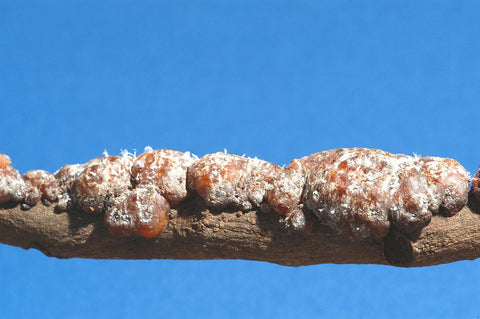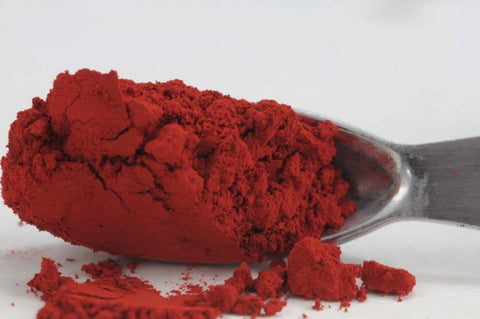At Avani, we often talk about how our textiles are “ naturally dyed.” But where do these dyes come from, and how are they able to produce such rich, vibrant colors? This month on the blog, we’re going to dive deeper into each of Avani’s natural dyes, looking at where these vivid colors come from, how they’re made, and the amazing shades they produce. In the spirit of Valentine’s Day, we’re starting off our series with Lac, one of our favorite dyes for stunning shades of red, pink, and purple.
nlike most natural dyes, which come from plants, lac is actually the resinous secretion of lac insects. One of the oldest natural dyes, lac has been used in dyeing and painting since as early as 250 AD throughout India, Southeast Asia, Nepal, Bhutan, and China. In India, lac was typically ground into powder and used to stain leather, wool, and silk. In Tibet, lac was often used in carpet production, while in Japan and China, lac was popular for use on textiles. In Thailand, lac (called Krang in Thai) is applied to hands and feet during religious occasions.

The lac insect typically invades trees (typically fig or acacia), and secretes a red-colored resin. These coated branches are cut and harvested as “sticklac”. Once harvested, the sticklac is crushed, strained, and washed to remove any impurities. It is then usually pounded into a powder, and soaked, strained and boiled.

Lac can produce a wide range of shades, from bright red, to magenta, to dark purple. The dye is very sensitive to changes in pH levels, making it easy for dyers to shift the color and tone. Adding alkaline solutions will turn the dye a rich, plum-colored purple, while adding iron will give a richer, almost black purple shade.
Reference: https://avani-earthcraft.com/blogs/blog/natural-dye-of-the-week-lac

